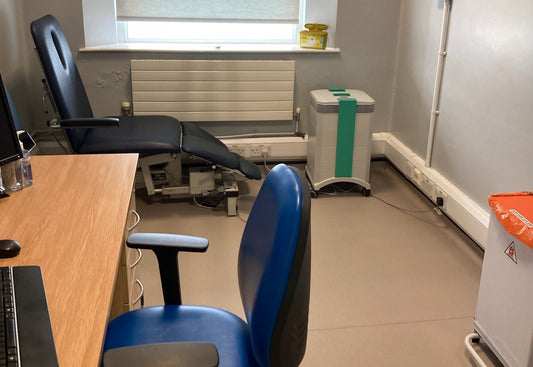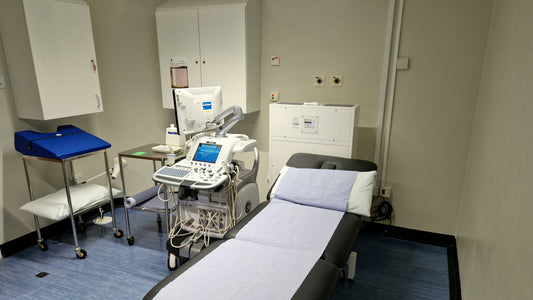The UK has one of the highest rates of children with asthma in the world, and London, as is often pointed out, has a particularly bad air pollution problem. So, is there a link between asthma in children and schools' exposure to traffic pollution? We set out to get some answers. Researchers at Guy’s and St Thomas' Hospital, and King’s College, London, are studying children in Tower Hamlets, East London, who go to school near busy main roads.
Childhood asthma is particularly bad in East London, with as many as 18% of kids being affected. The EXHALE (Exploration of Health and Lungs in the Environment) study is looking at the impact of London’s Low Emission Zone (LEZ), a scheme which charges the most polluting vehicles to drive in most parts of Greater London. The LEZ is the largest of its kind in the world. However, Mayor Boris Johnson has cancelled a third phase, which would have brought more vehicles into the scheme’s restrictions. He was worried about the impact it would have had on the owners of small vans and minibuses. So what is more important - the health of London’s children, or the financial outgoings of a ‘white van man’? But I’m getting ahead of myself here. I can’t say that the LEZ does improve the health of kids with asthma, or prevent them from getting asthma in the first place. But the findings of this new study should shed some light on this question, for it will compare data on children collected before the LEZ was introduced into Tower Hamlets in 2008 with data collected afterwards - then we’ll see what impact reduction in vehicle emissions has on children's’ health.
Fortunately, there are measures that can be taken inside a school through school air filtration to improve our school's air quality when there is pollution outside. One study showed that installing proper air filters inside the heating, ventilation, and air conditioning system can be very effective. The research was carried out in nine classrooms in three schools in Southern California. Ultrafine particles, PM2.5, and PM10 particles, black carbon and Volatile Organic Compounds (all part of the potent cocktail that is traffic pollution) were measured. A panel filter, a register-based air purifier, and a standalone air purifier were all tested. Coupling a register-based system with a panel filter reduced black carbon, ultrafine particles, and PM2.5s with an efficiency between 87 and 96% and the panel filter alone could achieve an efficiency of around 90%. It was not so easy to remove the PM10s, however, because these larger particles are easily stirred up and re-suspended with activities like walking and cleaning. Given that traffic pollution in London is not going to significantly improve in the near future, more schools should be looking at installing air cleaners to protect the respiratory health of their pupils.




